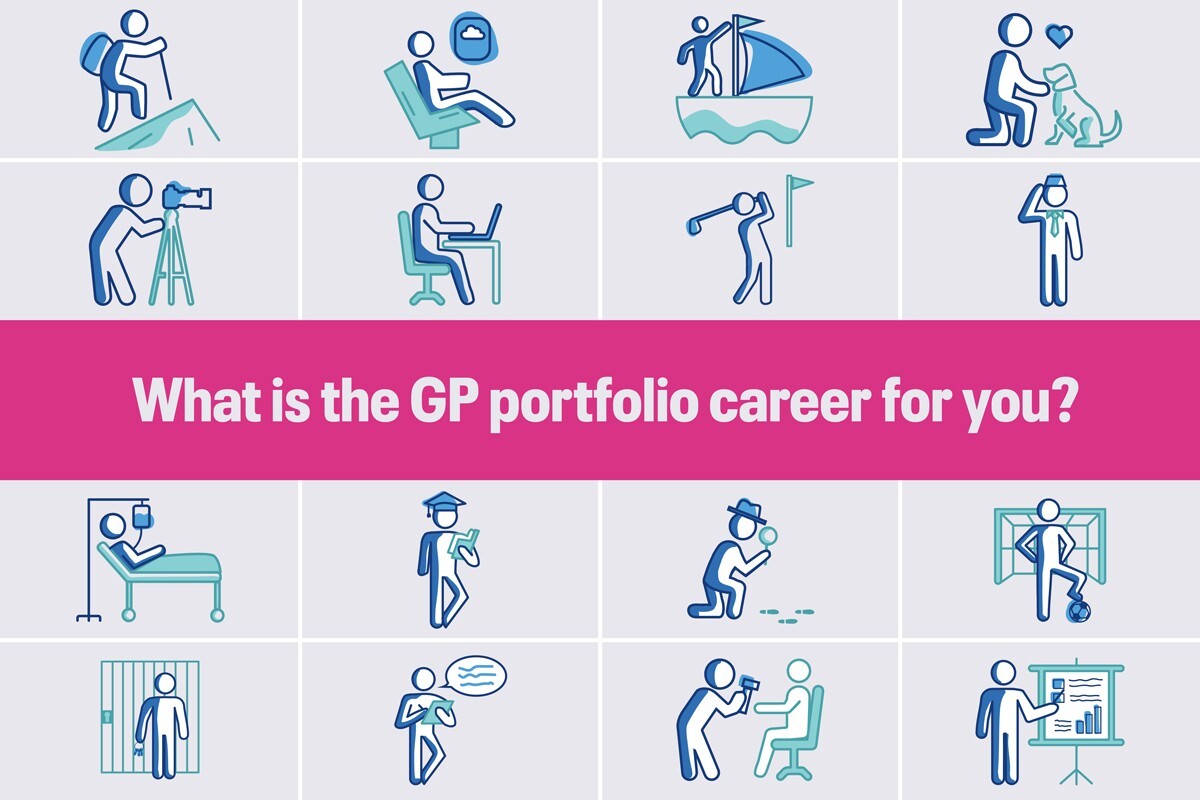Managing menstrual disorders in young women – key points for GPs

In the next in our series showcasing Pulse 365 Live and Virtual presentations, Dr Shona Biggart explains the key take-home messages for GPs in management of menstrual disorders in adolescent and young adult women
Dysmenorrhoea and menorrhagia – early recognition and intervention
Dysmenorrhoea affects approximately one in three women and is frequently undertreated. Primary dysmenorrhoea typically begins around menarche, while secondary causes, such as endometriosis, often present a few years later and tend to progress.
It is important not to normalise menstrual pain; early recognition and management can significantly reduce the impact on education, social functioning and long-term psychological wellbeing.
Early treatment of endometriosis also supports fertility preservation by reducing the risk of complications such as adhesions, scarring and ovarian cysts. Women with endometriosis face an average delay of 8–10 years from symptom onset to diagnosis. Women with persistent symptoms despite appropriate treatment should be referred for laparoscopy, in line with ESHRE endometriosis guidelines.
Menorrhagia is defined as bleeding that lasts more than seven days or involves blood loss greater than 80ml per cycle. In practice, ask about flooding, frequency of pad or tampon changes and the need to double-up on products. Consider a clotting screen if the patient has a history of easy bruising, epistaxis or a family history of bleeding disorders.
Have a low threshold for treating iron deficiency in symptomatic patients, even when ferritin levels fall within the low-normal range, especially in those who decline hormonal treatment.
Initiating non-hormonal therapy
NSAIDs are a first-line option for both dysmenorrhoea and menorrhagia. There is no proven advantage of mefenamic acid – offer ibuprofen or naproxen. NSAIDs are most effective when started 24 hours before expected menstruation, as they reduce prostaglandin production. If the cycle is unpredictable, advise the patient to start NSAIDs at the onset of pain.
Tranexamic acid, an antifibrinolytic, can also be used to reduce blood loss, though clinicians should exclude a history of VTE first. Adjunct therapies such as heat patches and TENS machines may also provide symptom relief.
Hormonal therapy options
Hormonal options should be individualised, considering patient preference, contraceptive needs and risk factors. Progesterone-only pills (eg, desogestrel) have a lower VTE risk but may cause irregular bleeding and require good adherence.
Dienogest, a newer generation progestogen, is effective for endometriosis-related pain, though it may require specialist initiation and is not licensed for contraception.
Combined oral contraceptives (COCs) are a common first-line treatment for young women. Newer formulations such as Qlaira (containing estradiol valerate and dienogest) and Zoely (containing estradiol hemihydrate and nomegestrol acetate) contain bioidentical oestrogens and may carry a reduced VTE risk. Both are taken continuously and include inactive pills. As Qlaira contains dienogest it may be suitable for patients with endometriosis who prefer a COC.
The 52mg LNG intra-uterine system (such as Mirena) has demonstrated the greatest long-term efficacy in reducing heavy menstrual bleeding, but may be less acceptable to younger patients. Other options include the progestogen (etonogestrel) implant (Nexplanon) and injectable progestogen (medroxyprogesterone acetate; Depo Provera and Sayana Press).
Investigating and treating persistent oligomenorrhoea Most adolescents establish regular menstrual cycles (21–34 days) within 3 years of menarche. Persistent oligomenorrhoea beyond this warrants further investigation. Common causes include polycystic ovary syndrome (PCOS), hypothalamic amenorrhoea (due to weight loss, intense exercise or stress) and, less commonly, thyroid dysfunction or hyperprolactinaemia.
Ultrasound has limited diagnostic value for PCOS within eight years of menarche due to the high follicle count seen in normal adolescence. Around a third of adolescents with PCOS meet criteria for metabolic syndrome, which is characterised by insulin resistance, obesity, dyslipidaemia and hyperandrogenism.
Management should focus on early lifestyle intervention (dietary and weight management advice) and menstrual regulation to reduce the risk of endometrial hyperplasia. It is recommended that patients should have 3–4 withdrawal bleeds per year; a cyclical oral medroxyprogesterone can be used to induce a bleed if needed. COC pills may improve both cycle regulation and hyperandrogenic symptoms such as acne and hirsutism.
Spironolactone, though off-licence, is a relatively safe and effective option for hirsutism. Metformin may be considered for metabolic support but is usually initiated in secondary care, particularly in adolescents. Clinicians should remain alert to the increased risk of mood disorders associated with PCOS, including depression, anxiety and obsessive-compulsive disorder.
Key Points
- Don’t normalise dysmenorrhoea – early recognition and treatment can reduce long-term consequences.
- Refer young women with persistent pain symptoms for further investigation in line with ESHRE guidance.
- Assess menorrhagia pragmatically – treat iron deficiency early, even with ‘low-normal’ ferritin.
- Initiate non-hormonal therapies such as NSAIDs and tranexamic acid promptly.
- Tailor hormonal treatments to the individual’s needs, balancing efficacy, side effects, and contraceptive goals.
- Investigate persistent oligomenorrhoea after three years post-menarche; consider PCOS, hypothalamic causes, and endocrine disorders.
Dr Shona Biggart is clinical lead for The Gynaecology Collaborative, Islington GP Federation
Upcoming Virtual Event for GPs: Spotlight on Women’s Health
Join us on 17th June 2025 for Pulse Virtual June: Spotlight – Women’s Health, a comprehensive online event designed to provide GPs with the latest insights, research, and practical guidance in women’s healthcare. Secure your place and explore more details here.
Portfolio careers
What is the right portfolio career for you?

Visit Pulse Reference for details on 140 symptoms, including easily searchable symptoms and categories, offering you a free platform to check symptoms and receive potential diagnoses during consultations.














